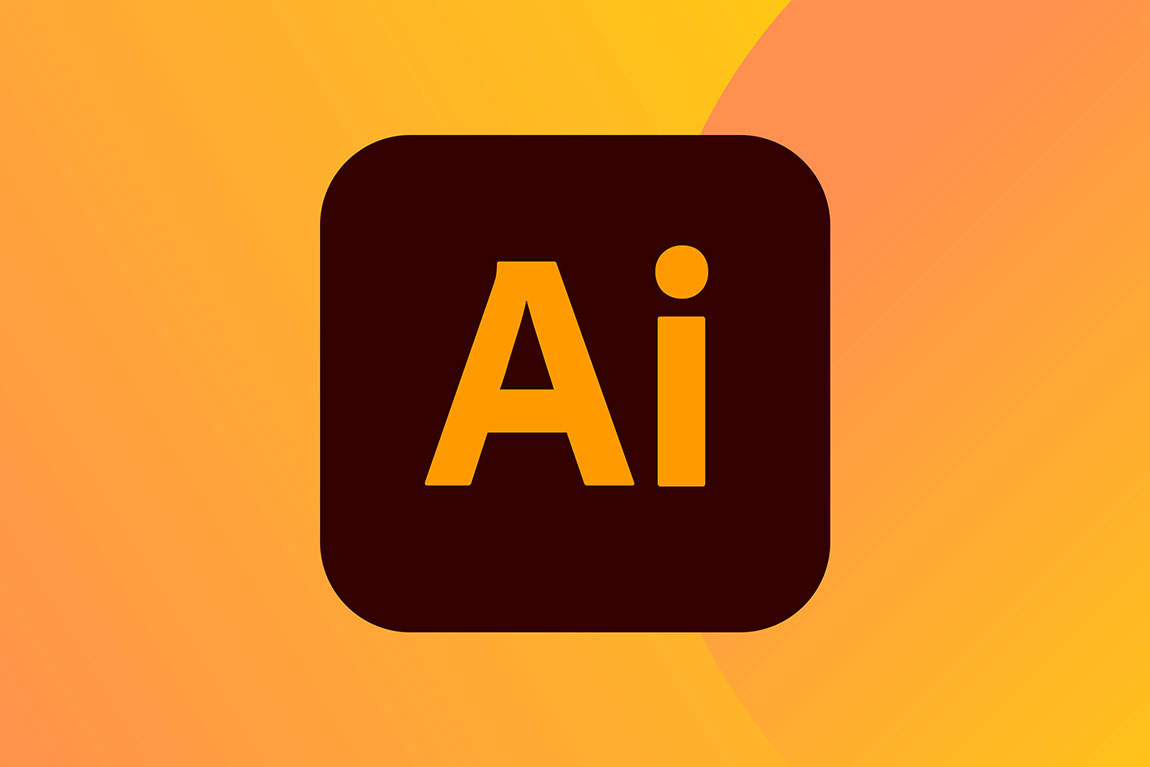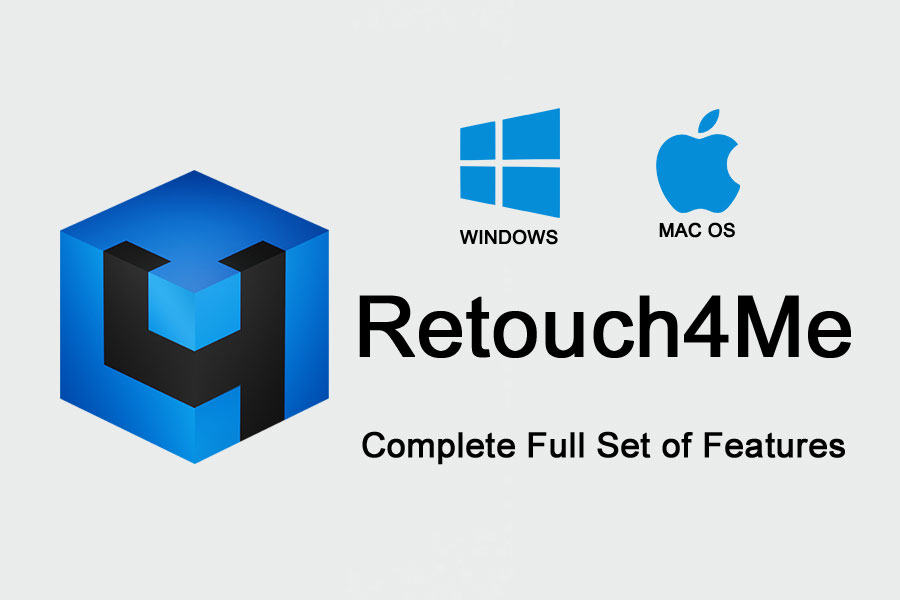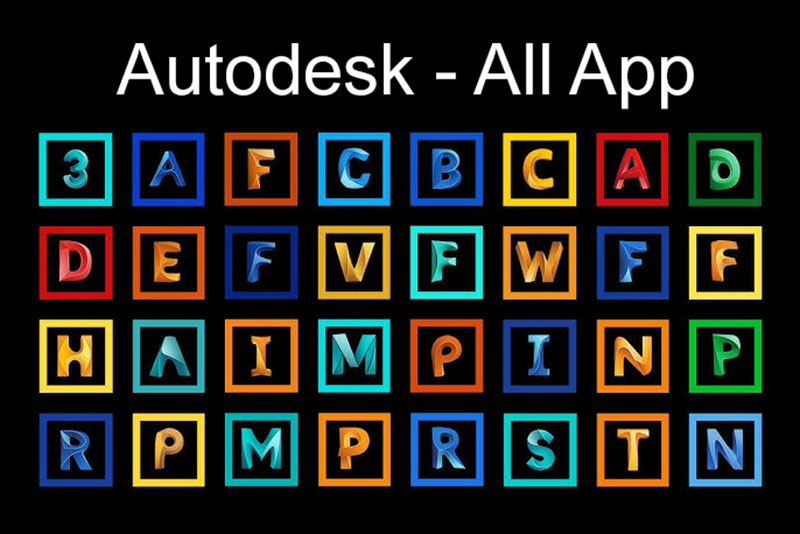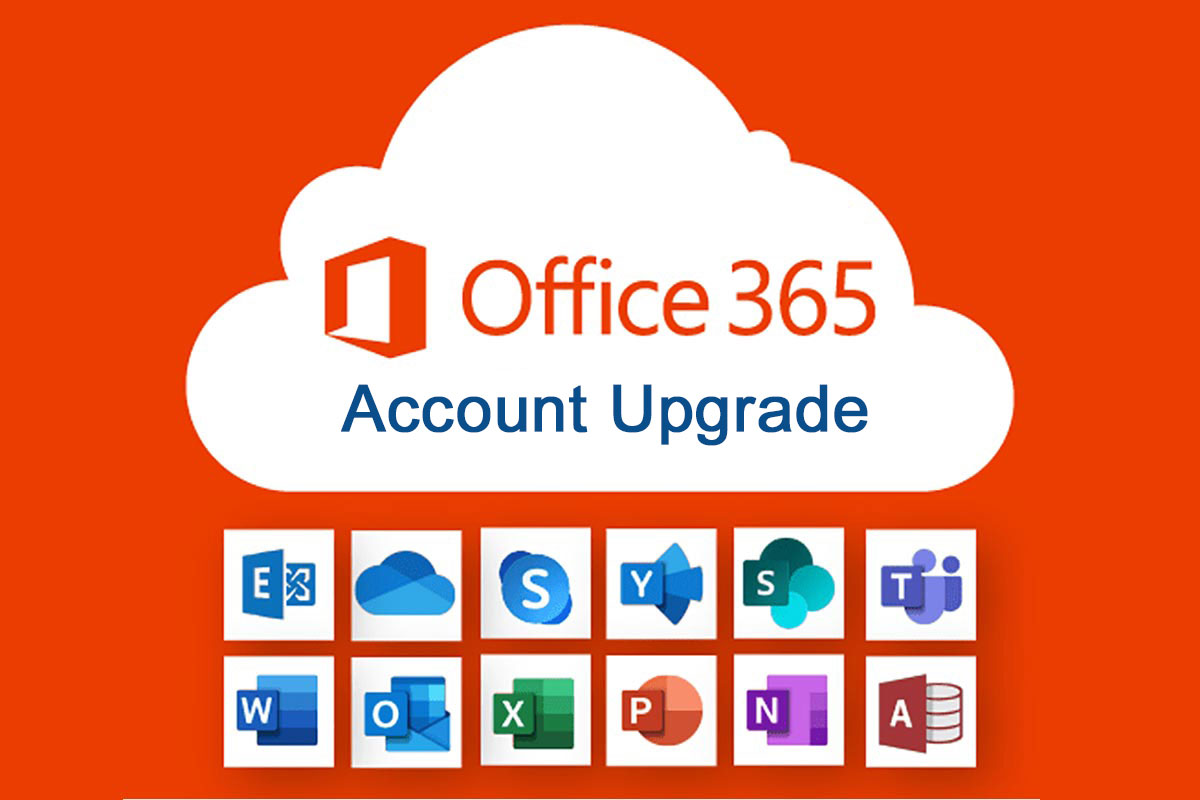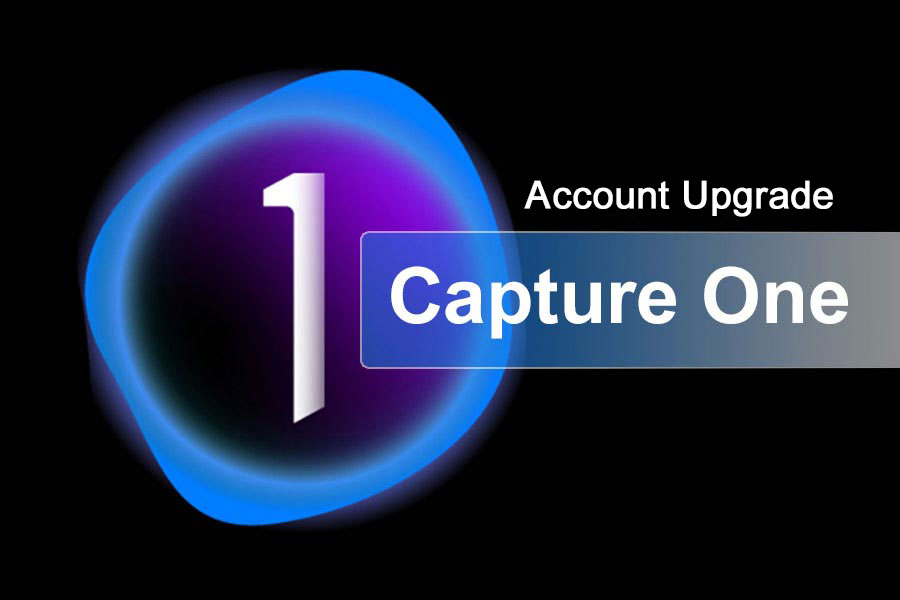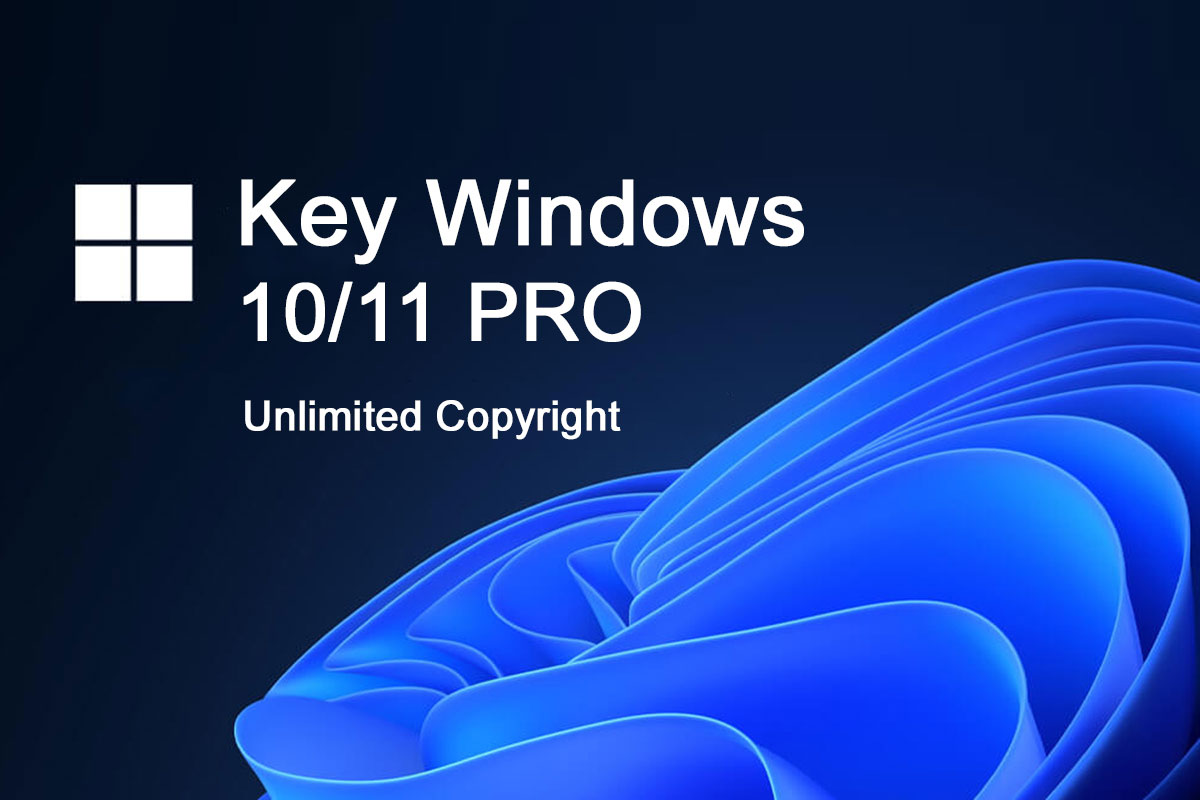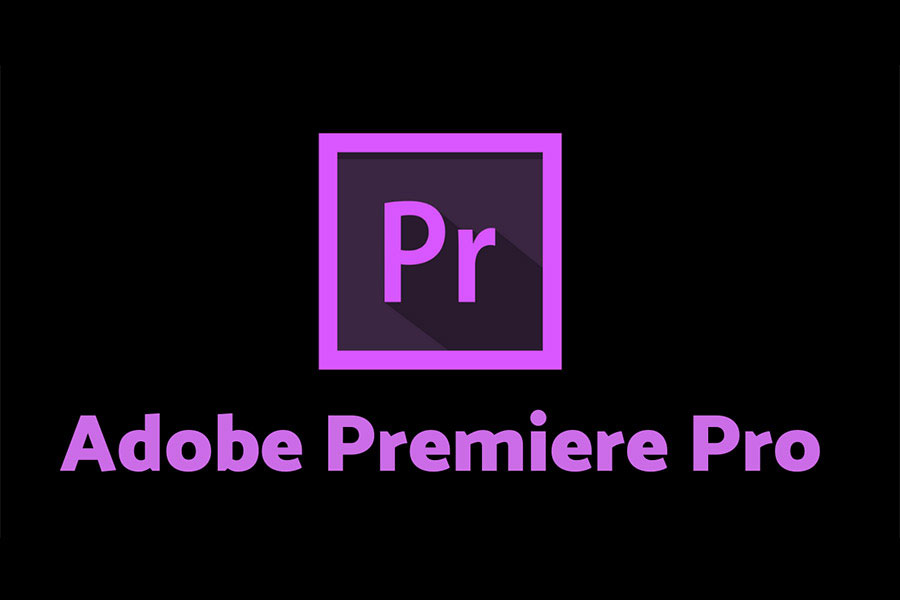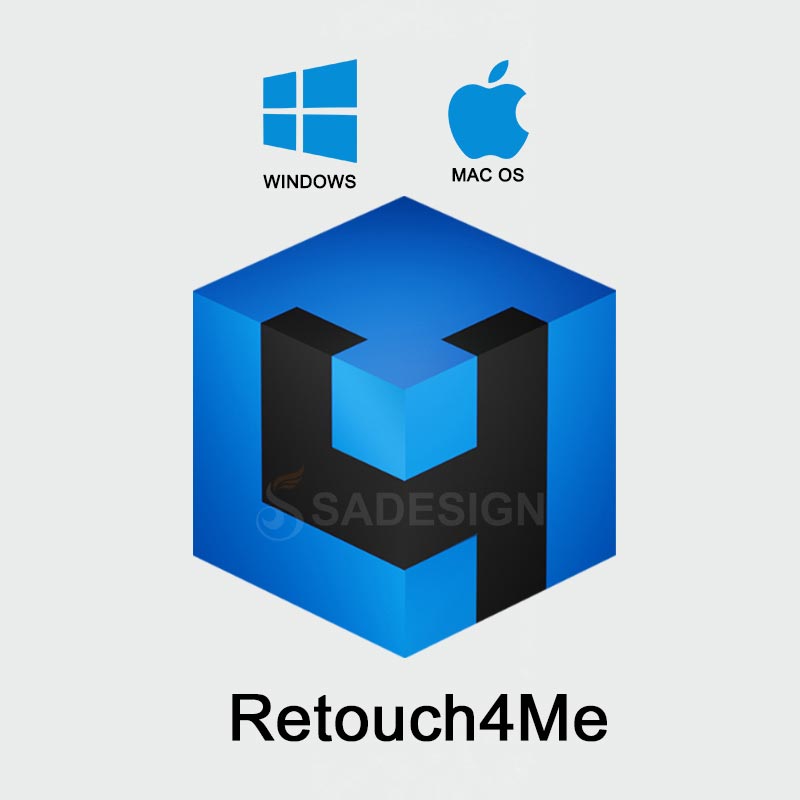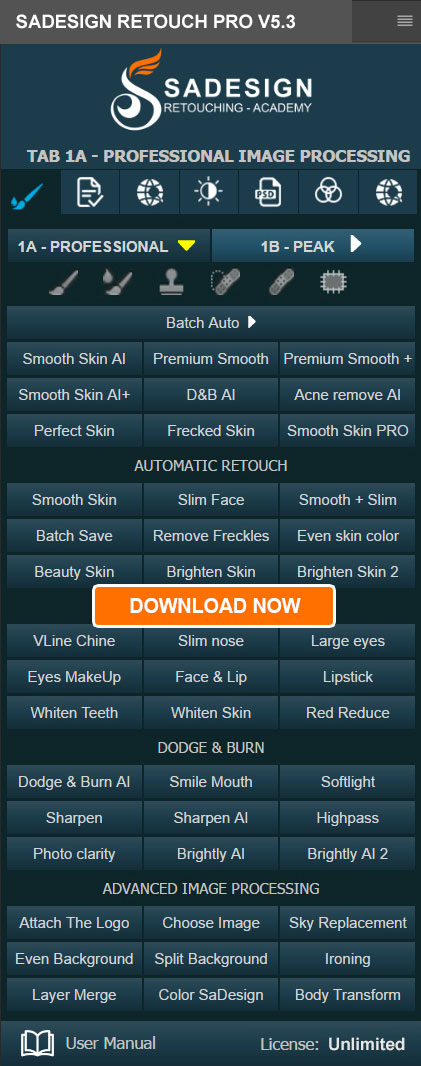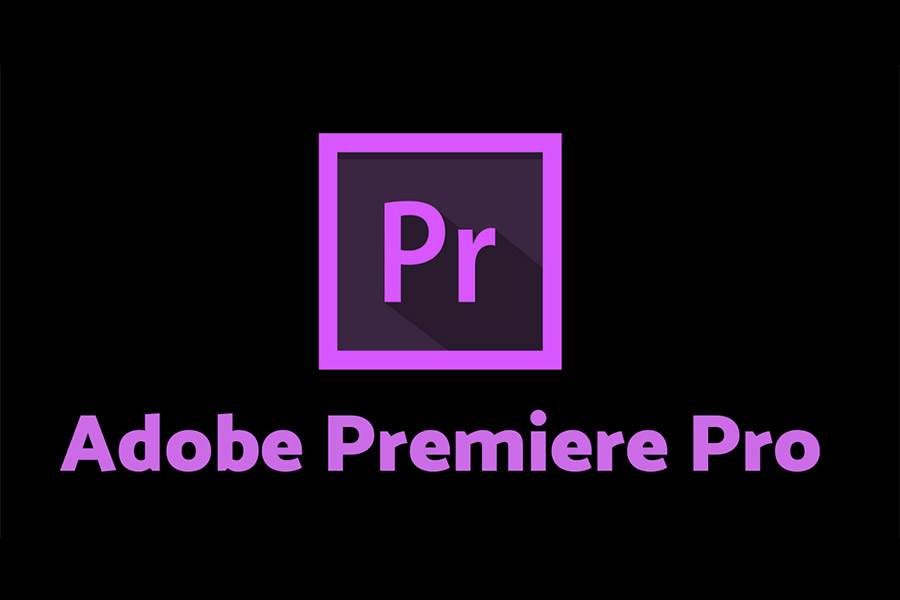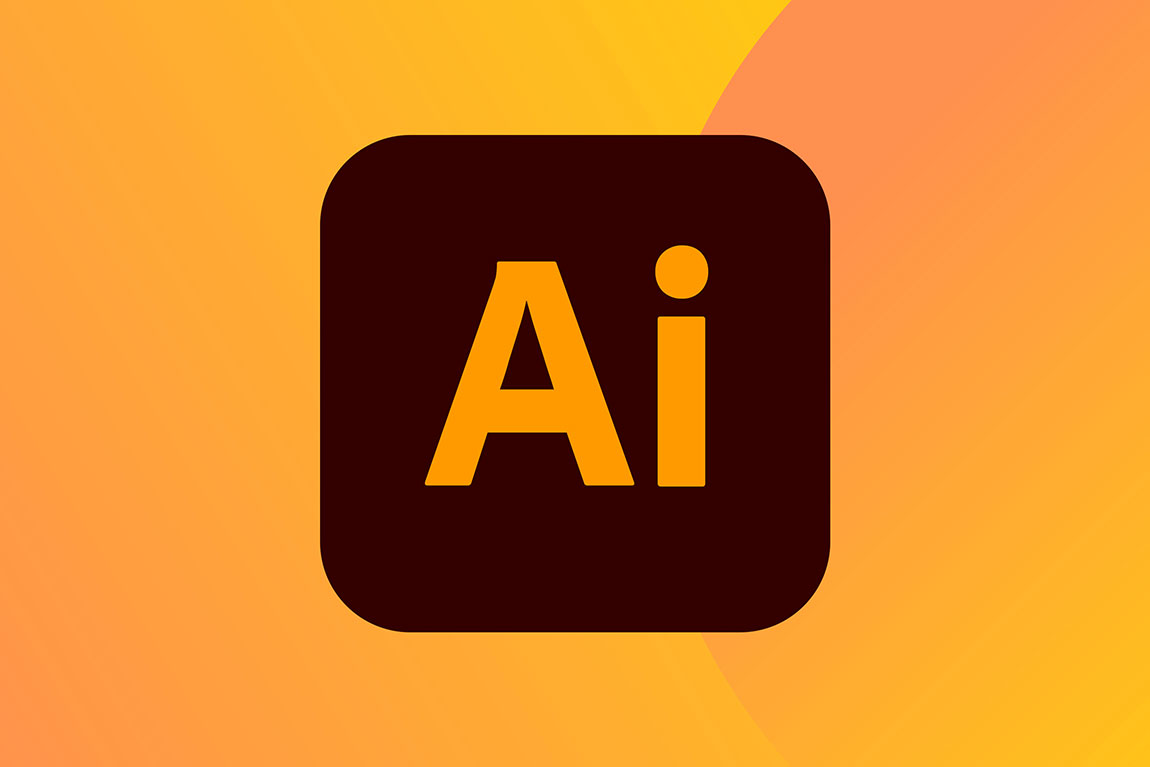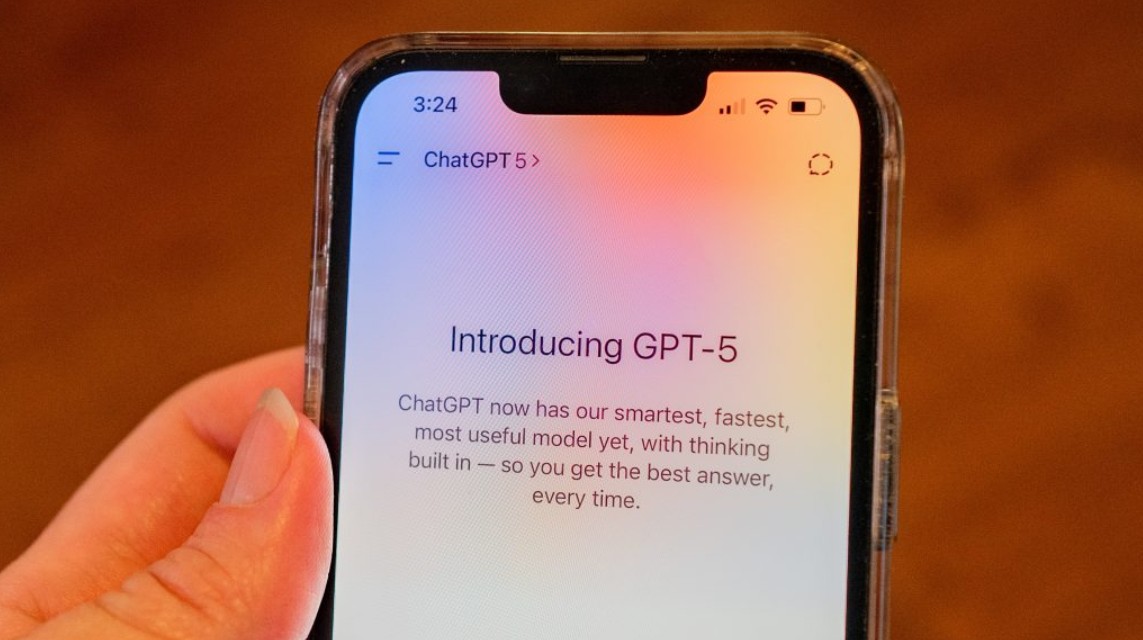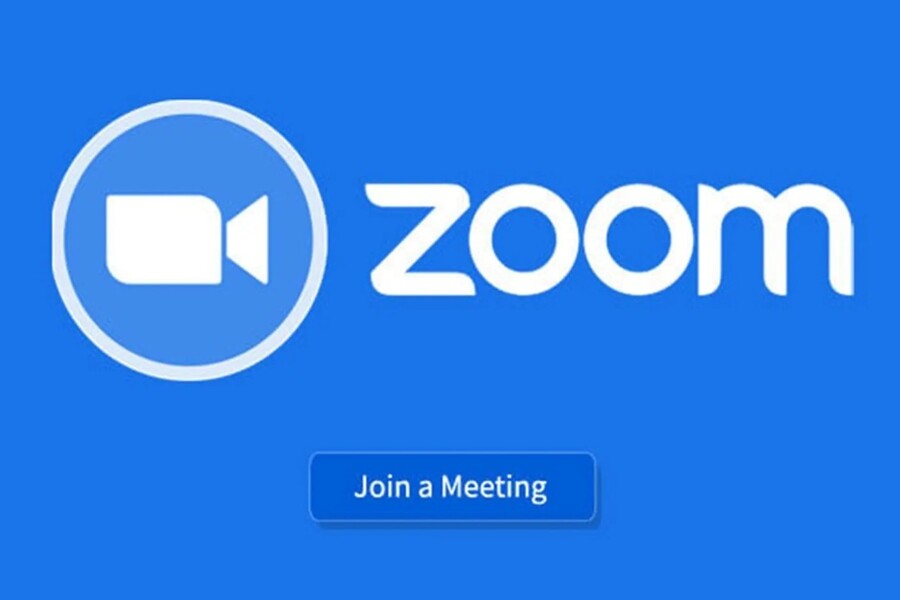Best Selling Products
Millions of Windows PCs have serious problems, Microsoft officially speaks out
Nội dung
- 1. Microsoft must admit serious error
- 2. Error directly affects system recovery tools
- 3. List of affected Windows versions
- 4. Why is this incident considered particularly serious?
- 5. Microsoft promises to release an emergency patch outside of schedule
- 6. Perspectives from the technology community and users
- 7. Conclusion
Patch Tuesday is a familiar “update festival” for Windows users, taking place on the second Tuesday of every month. However, just a week after the August update, instead of receiving peace of mind, users faced an annoying problem.
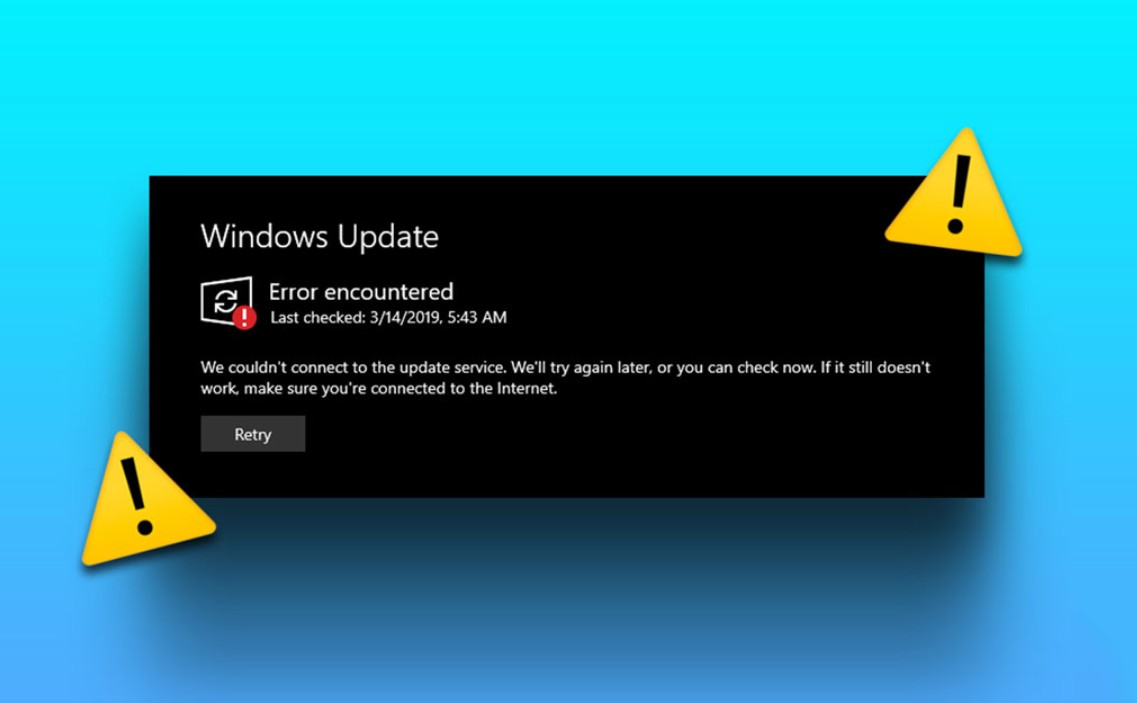
Over the years, Windows has become a familiar platform for billions of users around the world. As the “backbone” of personal computers and a series of business systems, any problem affecting Windows quickly causes a strong wave of concern. And this time, Microsoft was forced to admit a serious bug that originated in the very update they released.
Specifically, the August Patch Tuesday security patch, which was expected to improve stability and security, accidentally made one of the most important features of Windows useless: the PC Reset feature and system recovery tools. This is a heavy blow to the user experience, because Reset and Recovery are considered the "last resort" when the computer has problems. Microsoft has officially confirmed this issue on Windows Release Health , pledging that they are urgently developing an emergency patch to fix the situation. This shows the severity of the problem: it cannot wait until the next update cycle and is forced to be handled outside of the loop.
1. Microsoft must admit serious error
Patch Tuesday is a familiar “update festival” for Windows users, taking place on the second Tuesday of each month. This is the time when Microsoft releases a series of security patches, patch vulnerabilities and system improvements. However, just a week after the August update, instead of receiving peace of mind, users faced an upsetting incident.
Tech forums are flooded with complaints: the Reset this PC feature doesn't work, and the Fix problems using Windows Update options in Settings fail. Some users report that the reset process fails to complete, causing the computer to freeze or require a manual reinstall.
.png)
As the number of complaints increased, Microsoft could not stay silent. They officially posted a notice on Windows Release Health, confirming that the error came from the Patch Tuesday update itself. This incident once again raised questions about the quality of Microsoft's testing before releasing widespread patches.
2. Error directly affects system recovery tools
What makes this incident so serious is its scope. PC Reset and Recovery are features designed as “last resort” for ordinary users. When a computer encounters serious problems, is infected with malware, or has severely degraded performance, users can rely on these tools to restore the system to its original stable state without having to reinstall the whole thing.
However, after the August patch, when users tried to launch Reset my PC , the process immediately crashed and failed to complete. This meant that millions of users lost a crucial troubleshooting tool. Given that many people lack the technical skills to reinstall Windows from scratch, this could have serious consequences, from data loss to business interruption.
More notably, the Fix problems using Windows Update feature also falls into a state of disabling. This is almost the worst-case scenario: both of the most popular solutions for system recovery fail simultaneously.
.png)
3. List of affected Windows versions
According to Microsoft's official announcement, the list of affected Windows versions is quite long, including the most popular releases today:
Windows 11 version 23H2
Windows 11 version 22H2
Windows 10 version 22H2
Windows 10 Enterprise LTSC 2021 and 2019
Windows 10 IoT Enterprise LTSC 2021 and 2019
Interestingly, Windows 11 version 24H2 , which Microsoft has been heavily promoting as the most stable and “reliable” release, is not affected . This discrepancy raises many questions about how Microsoft deploys patches as well as the synchronization between Windows generations.
In addition, Microsoft also confirmed that Windows Server does not have this problem. This is a positive sign, because if the problem spreads to the enterprise and server sectors, the consequences could be many times more serious.
.png)
4. Why is this incident considered particularly serious?
In the history of Windows updates, it is not uncommon for a patch to introduce a new bug. However, the reason why this incident is considered particularly serious is that it directly disables the system recovery tools themselves.
In other words, if Windows makes a mistake, Reset and Recovery are the last resort to save yourself. But when the “last resort” fails, users have almost no choice but to reinstall the operating system using USB or ask for help from a technician.
This is a big risk, because not everyone has the skills to reinstall Windows, not to mention the risk of losing important data in the process is very high. For business users, if a series of computers have problems at the same time, the cost of repair can skyrocket, affecting work productivity.
5. Microsoft promises to release an emergency patch outside of schedule
Given the severity of the issue, Microsoft said it was working on an out-of-band (OOB) patch. This is a term used to describe updates that are released outside of a regular schedule. Instead of waiting until the next Patch Tuesday on September 9, Microsoft will release it early to minimize the damage.
The release of the patch outside of the usual timeline shows the urgency of the issue. Microsoft is known for its strict update schedule, rarely breaking its protocol unless the issue is particularly serious. This again confirms that this bug is big enough to warrant immediate action from the software giant.
.png)
In the meantime, Microsoft also recommends that users should not use the Reset feature to avoid failure or data loss. Instead, they should back up their data regularly and wait for the official patch.
6. Perspectives from the technology community and users
This incident quickly became a hot topic on international technology forums. Many users were upset that a core feature like Reset could be disabled by just an update. Some opinions said that Microsoft was too focused on implementing AI features and promoting Windows 11, while not paying enough attention to quality testing.
On the other hand, there are also those who sympathize, saying that the complexity of Windows with billions of different devices and configurations makes absolute quality control almost impossible. However, the majority still requires Microsoft to improve the testing process before releasing a widespread patch.
For businesses, this incident is a reminder of the importance of internal testing before rolling out updates to the public . Many companies have adopted a policy of delaying Patch Tuesday by a few weeks to monitor community feedback, and this incident only reinforces that decision.
Microsoft has been plagued with issues with its updates in recent years, from slow boot times and blue screens to security issues that have taken a toll on user confidence.
This error further shows that Microsoft needs to review its testing process. When a patch that was originally designed to protect users accidentally turns out to be the cause of the error, the reputation of the world's leading software company will certainly be shaken.
.png)
Going forward, Microsoft will need to not only quickly release emergency patches to address the issue, but also improve the way they test and communicate with users. Because trust, once lost, is very difficult to regain.
7. Conclusion
The issue of disabling Reset and Recovery on Windows 10 and 11 is a clear demonstration of the fragility of software systems, even those from a giant technology corporation. It reminds Microsoft that quality assurance cannot be taken lightly and reminds users that no system is absolutely perfect.
While waiting for the emergency patch, users need to be more proactive in protecting their data, regularly backing up and carefully considering before installing new updates. For Microsoft, this is both an opportunity and a challenge to prove that they can fix mistakes quickly and regain the trust of the community.
An unscheduled patch might fix the immediate problem, but in the long run, only changes in process and commitment to quality will help Windows continue to maintain its position as the most popular operating system on the planet.
